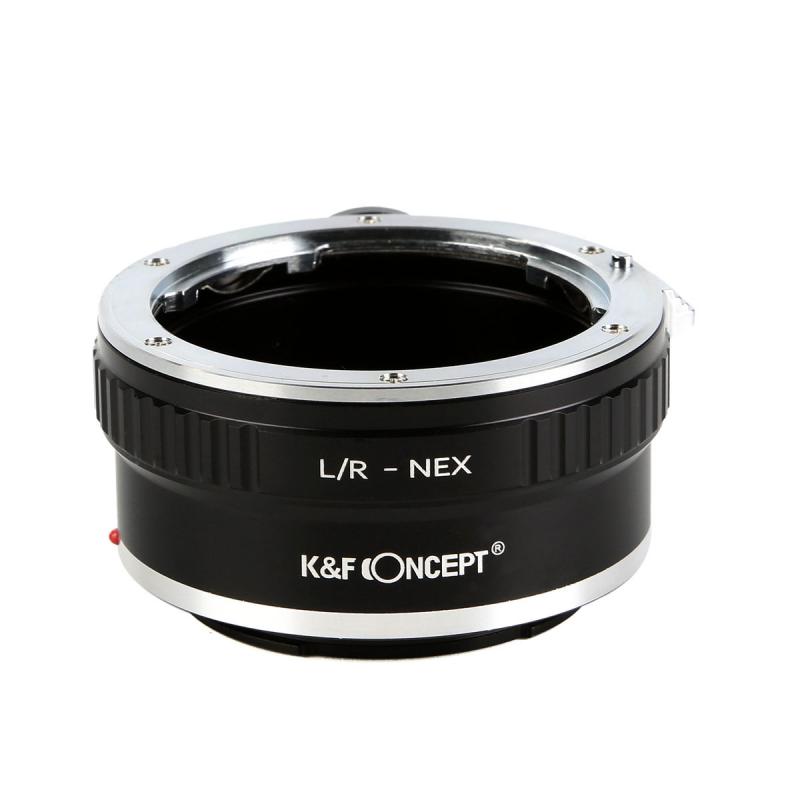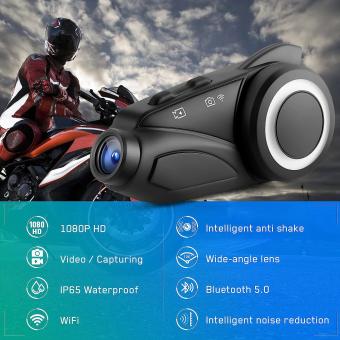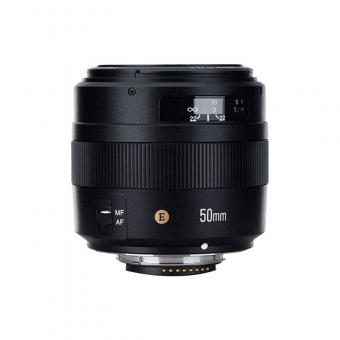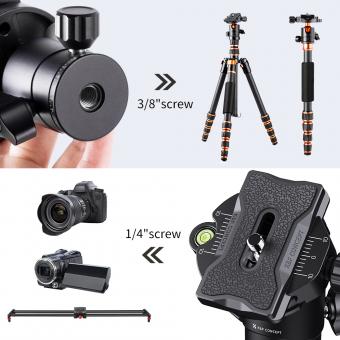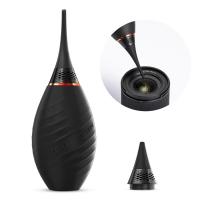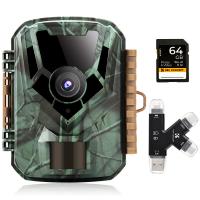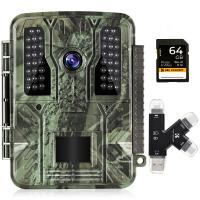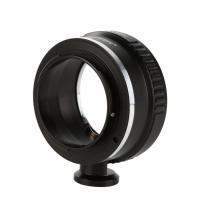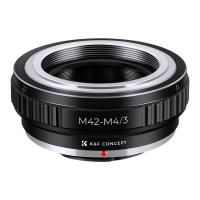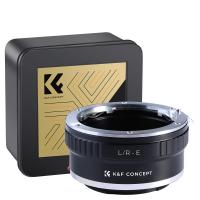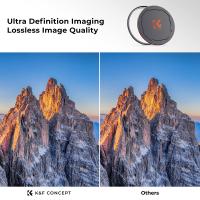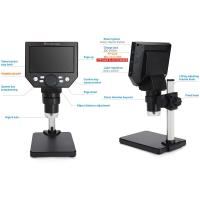How To Get Tif Extension From Digital Camera ?
To get a TIF extension from a digital camera, you can change the file format settings in the camera's menu. Look for an option that allows you to select the file format and choose TIF (or TIFF) as the desired format. Once you have made this selection, the camera will save the images in the TIF format. Keep in mind that not all digital cameras support TIF as a file format, so it is important to check your camera's specifications or user manual to ensure compatibility.
1、 Understanding file extensions and their significance in digital photography.
To get a TIF extension from a digital camera, you need to understand file extensions and their significance in digital photography. File extensions are the letters or characters that come after the dot in a file name, indicating the file format. Each file format has its own unique extension, which determines how the data is stored and processed.
TIF, or TIFF, stands for Tagged Image File Format. It is a widely used file format in digital photography due to its ability to store high-quality images with lossless compression. TIF files are known for their large file sizes but retain all the original image data, making them ideal for professional photographers and graphic designers.
To capture images in the TIF format using a digital camera, you need to check the camera's settings. Most digital cameras offer the option to select the file format for capturing images. Look for the settings menu or options related to image quality or file format. From there, you can choose TIF as the desired format.
It's important to note that capturing images in TIF format will result in larger file sizes compared to other formats like JPEG. This can quickly fill up your memory card, so make sure you have enough storage space available. Additionally, TIF files may not be directly compatible with all devices or software applications, so you may need to convert them to a more widely supported format if necessary.
In conclusion, to get a TIF extension from a digital camera, you need to select the TIF format in the camera's settings. Understanding file extensions and their significance in digital photography is crucial for choosing the appropriate format for your needs.

2、 Common file formats used by digital cameras and their characteristics.
To obtain a TIF extension from a digital camera, it is important to understand the common file formats used by digital cameras and their characteristics. While TIF (Tagged Image File Format) is a widely used format, it is not typically the default format for most digital cameras.
The most common file formats used by digital cameras include JPEG, RAW, and PNG. JPEG is the default format for many cameras due to its small file size and compatibility with various devices and software. However, it is a lossy format, meaning it compresses the image and may result in a slight loss of quality.
RAW is another popular format that captures all the data from the camera's sensor without any compression or processing. It provides the highest quality and allows for extensive post-processing, but the file sizes are significantly larger.
PNG is a lossless format that supports high-quality images with a smaller file size compared to RAW. It is commonly used for web graphics and images that require transparency.
To obtain a TIF extension from a digital camera, you may need to change the camera's settings. Some cameras offer the option to shoot in TIF format, but it is less common due to the large file sizes and limited compatibility with certain software and devices.
It is worth noting that the latest point of view suggests that shooting in RAW format is the best option for professional photographers or those who require extensive post-processing capabilities. RAW files retain the most information and provide greater flexibility in editing. However, for everyday photography or sharing images online, JPEG or PNG formats are more practical due to their smaller file sizes and wider compatibility.
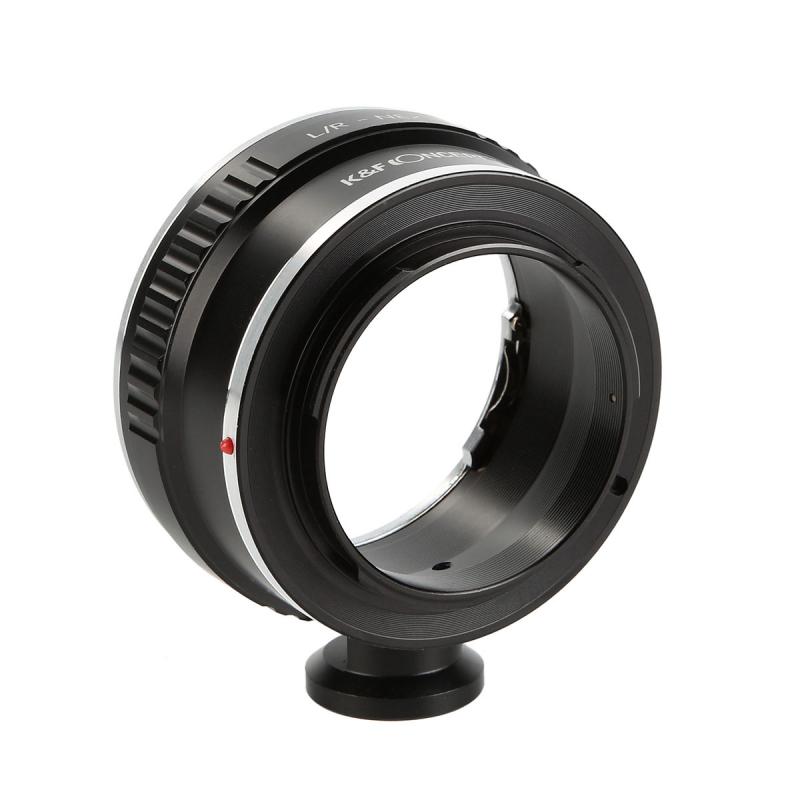
3、 Steps to convert a digital camera image to the TIF file format.
To convert a digital camera image to the TIF file format, follow these steps:
1. Connect your digital camera to your computer using a USB cable or insert the camera's memory card into a card reader.
2. Open the file explorer on your computer and navigate to the location where your camera's images are stored.
3. Select the image you want to convert to TIF by clicking on it.
4. Right-click on the selected image and choose "Save As" or "Export" from the context menu.
5. In the save dialog box, choose the TIF file format from the available options. The file extension for TIF is ".tif" or ".tiff".
6. Specify the destination folder where you want to save the converted TIF file and click "Save" or "Export".
7. Wait for the conversion process to complete. This may take a few seconds or longer depending on the size of the image and the processing power of your computer.
8. Once the conversion is finished, you will have a TIF file of your digital camera image in the specified destination folder.
It's worth noting that TIF is a lossless file format, meaning it retains all the original image data without compression. This makes it ideal for professional photographers or anyone who requires high-quality images. However, TIF files tend to be larger in size compared to other file formats, so ensure you have enough storage space available. Additionally, some digital cameras may have an option to directly save images in the TIF format, so you can check your camera's settings for this feature.

4、 Software options for converting image files to TIF format.
To get a TIF extension from a digital camera, you have a few software options available. These options allow you to convert image files captured by your camera into the TIF format, which is commonly used for high-quality images and professional printing.
One popular software option is Adobe Photoshop. This powerful image editing software allows you to open your camera's image files and save them as TIF. Photoshop provides advanced editing capabilities, allowing you to enhance and manipulate your images before converting them to TIF.
Another option is GIMP (GNU Image Manipulation Program), which is a free and open-source alternative to Photoshop. GIMP supports a wide range of image file formats, including those from digital cameras. You can open your camera's image files in GIMP and export them as TIF.
If you prefer a more specialized tool for converting image files, you can consider using dedicated image converters like XnConvert or IrfanView. These software options allow you to batch convert multiple image files to TIF format quickly and efficiently.
It's worth noting that many digital cameras also offer the option to save images directly in the TIF format. However, this may result in larger file sizes and slower processing times compared to other file formats like JPEG.
In conclusion, there are several software options available for converting image files from a digital camera to the TIF format. Whether you choose Adobe Photoshop, GIMP, or dedicated image converters, these tools provide the flexibility and functionality needed to achieve high-quality TIF images.
